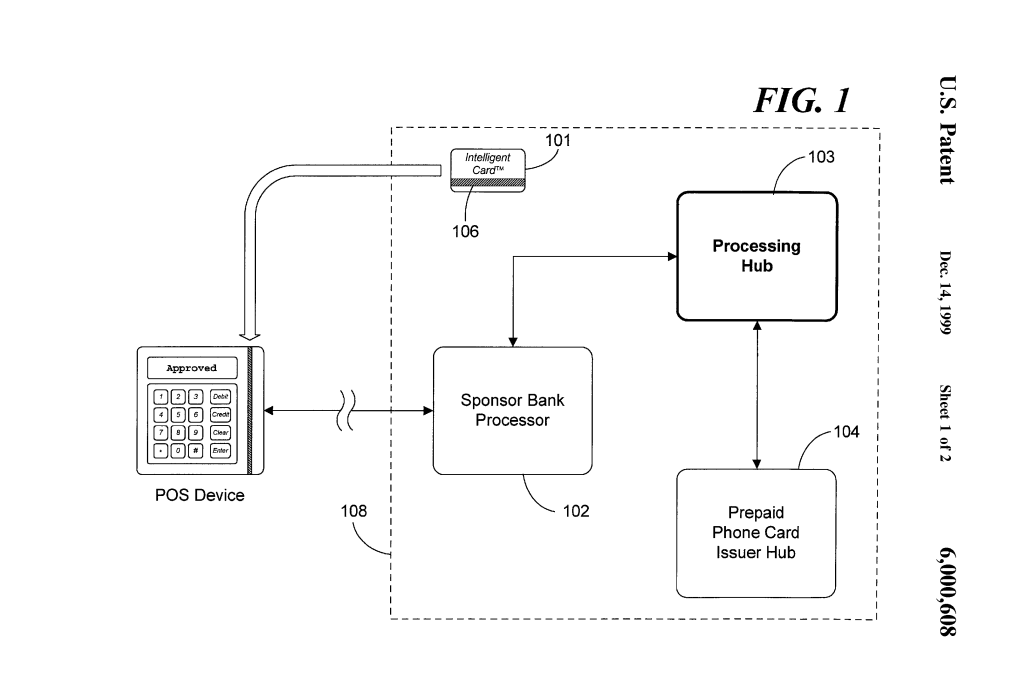by Dennis Crouch
Along with my work in intellectual property, I also spent a lot of time focusing on internet law issues and their interrelation with AI, privacy, speech and security. We have seen growing calls for action surrounding Section 230 modifications and social media censorship, and several pending Supreme Court cases could reshape the legal landscape governing online platforms.
Banning TikTok: The U.S. House of Representatives passed a bill this week, with a vote of 352-65, that could potentially ban TikTok in the United States. The bill, called the Protecting Americans from Foreign Adversary Controlled Applications Act, would require TikTok to divest from its China-based parent company ByteDance or face consequences such as being cut off from app stores and hosting services in the U.S.
To continue reading, become a Patently-O member. Already a member? Simply log in to access the full post.



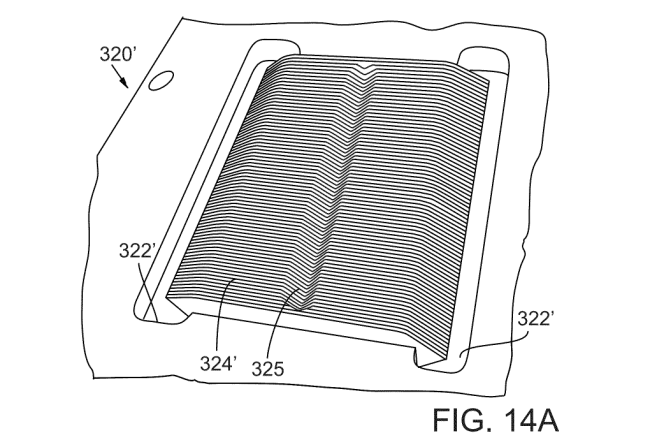
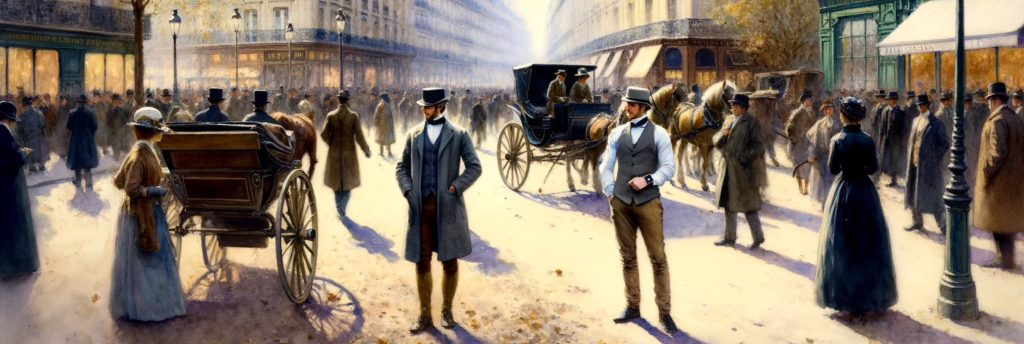
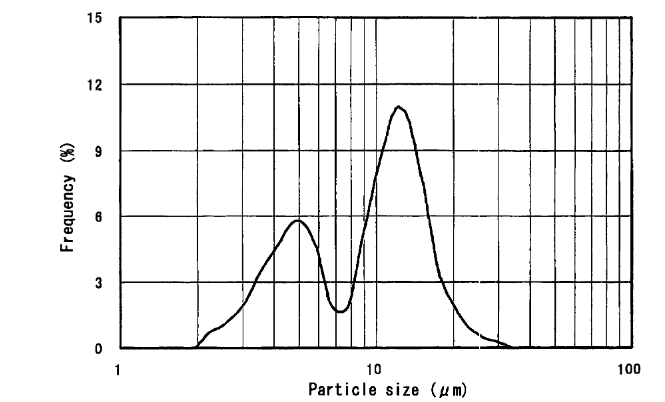
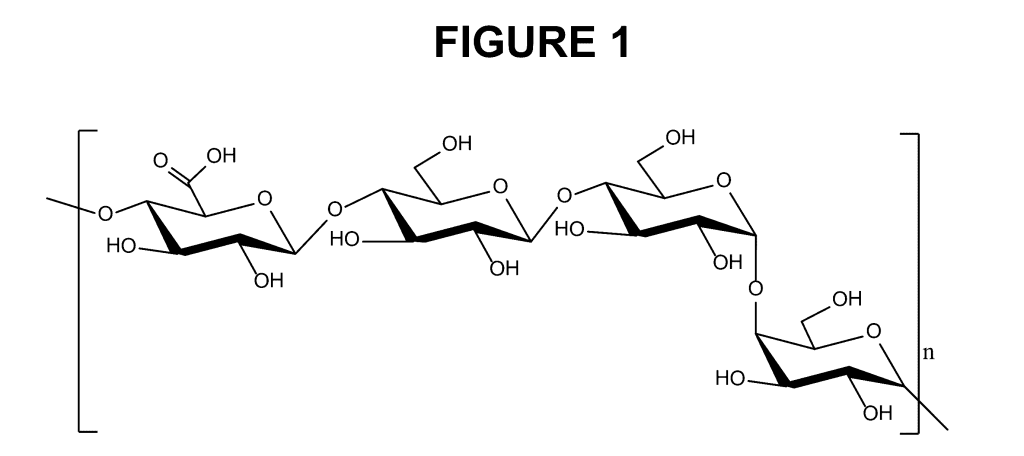
 I am super excited to be part of a big interdisciplinary conference this week here at the University of Missouri where we'll be focusing on
I am super excited to be part of a big interdisciplinary conference this week here at the University of Missouri where we'll be focusing on 
